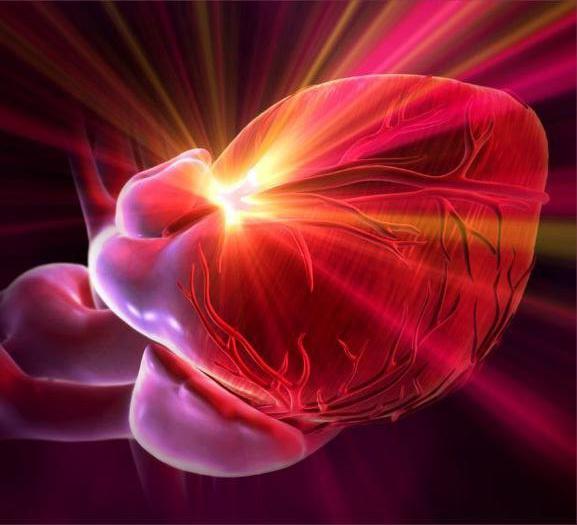
|
![]() DoctorHelps
|
Cardiothoracic Surgery
DoctorHelps
|
Cardiothoracic Surgery
Congenital heart disease - is an anatomical defect of the heart, its vessels, and valves which occurs in utero.
Congenital heart disease in children may be unnoticeable, but can appear immediately after birth. On average, the disease occurs in 30% of cases and occupies the 1st place among the diseases that cause the death of newborns and children under one year. After a year the mortality rate falls, and at the age of 1-15 year dies about 5% of children.
There are seven main types of congenital heart disease in newborns:
Causes
The main causes of congenital heart disease - are external effects on the fetus in the first trimester of pregnancy. Cause a defect of the heart may be a viral disease mother, irradiation, drug effects, drug addiction, alcoholism mother. Plays an important role and health of the child's father, but genetic factors on the development of congenital heart disease in children play the smallest role.
Other risk factors: toxemia and the threat of miscarriage in the 1st trimester, the presence the past pregnancies with stillbirth, the presence of a family history of children with birth defects, endocrine pathology of both spouses, the age of the mother.
Symptoms of congenital heart disease
If congenital heart disease after birth unnoticeable, the child can look healthy for the first ten years of life. But after that becomes noticeable disabilities in physical development, manifested lividity or pallor of the skin during physical exertion, appears a dyspnea.
Diagnosis of the disease
Primary diagnosis doctor establishes during the inspection of the child and at listening the heart. If there is reason to suspect a congenital heart disease, the child is sent for the further examination. There is also an opportunity to examine the fetus is in the womb.
For a survey of pregnant women is used fetal echocardiography. This ultrasound diagnostics is safe for both mother and fetus, which allows to identify the pathology and planning treatment of congenital heart disease.
Electrocardiography is used to evaluate the cardiac conduction of the heart muscle.
To determine the heart failure is used chest X-ray, where you can see the excess fluid in the lungs, heart enlargement.
Another method of X-ray detection of congenital heart disease is a vascular catheterization - into the bloodstream via the femoral artery injected contrast and make a series of X-rays. This allows to evaluate the structure of the heart, to determine the level of pressure in its chambers.
Treatment and Prevention of congenital heart disease
The method of treatment of congenital heart disease depends on its type: minimally invasive catheterization procedures, open surgery, transplantation, drug therapy.
The operation is prescribed, if it is impossible use a catheterization. Distinguishes this method more time-consuming and difficult recovery period.
If defects are not subject to treatment, the child is shown a heart transplant. Drug therapy is often is used to treat adults, older children. With the help of drugs can improve heart function, ensure normal blood circulation.
To prevent the unfavorable development of the disease is necessary on time to make the necessary diagnostic procedures, pick up and carry out the best treatment to correct the condition. To a child with congenital and post-treatment it needs special careful care. Often the mortality of children with congenital at age up to one year is related to the lack of child care.
To prevent complications of the disease should be addressed directly to the prevention of these complications. Due to a congenital heart defect may occur: bacterial endocarditis, polycythemia, causing thrombosis, headaches, inflammation of peripheral vascular disease, vascular brain thromboembolism, respiratory diseases, lung complications and their vessels.
Leave a Comment